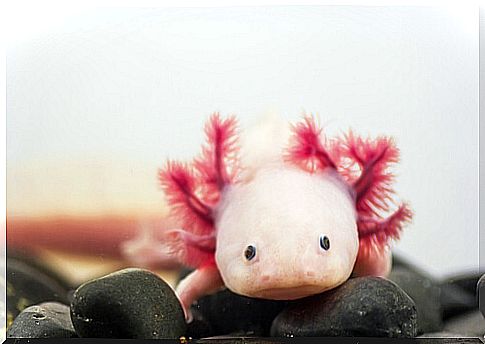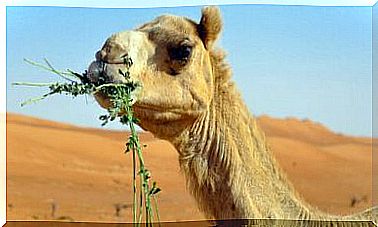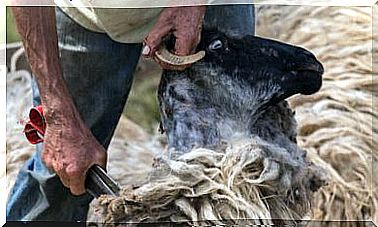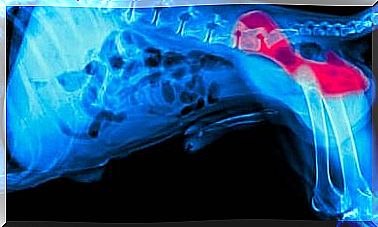The Secret Of Regeneration In The Animal World

Regeneration is a fascinating and little known mechanism in the animal world. In a purely biological sense, all living things regenerate, even human beings. Are we unable to heal from a wound?
All species can perform this process to some extent, even the most basic bacteria. The regenerative process is defined as the renewal, restoration or growth of genes, cells, organs or organisms to a previous state after a destructive episode. It can be of two types:
- Regeneration is complete when the replacement tissue has the same properties as that lost in the wound or amputation.
- Regeneration is incomplete when the replacement tissue is of a different nature to that lost. In this case, the connective tissue replaces the normal parenchyma.
Once the term is introduced, we invite you to join us in a review of regeneration in nature.
Animal regeneration: how does it happen?
The terminology used to explain animal regeneration is complex, so we will try to summarize it in simple terms, giving some examples:
- Salamanders are considered to be the queens of this process. For example, they can regenerate destroyed eye tissues such as the retina. However, in this case we speak of unipotent and limited regenerative tissues, since they can only regenerate a certain type of cells.
- In the case of planarians, for example, if we cut off a piece of their body, it will completely regenerate. Here the regenerative tissues are considered pluripotent, as they can give rise to all the types of cells needed to make the missing segment.
One idea must be clear to us: the key lies in stem cells. These cells have two essential capabilities:
- They can divide continuously, generating new cells.
- As they split, they may specialize in different roles.
The genetic information of the living being encodes the fate of these pluripotent cells, which differentiate and group into the various necessary structures. And now that we have clarified the mechanism of regeneration, let’s take a closer look at the examples mentioned above.

Salamanders: the queens of regeneration
We have already presented some regenerative qualities of these cute amphibians, but their potential goes far beyond. These small animals can regenerate legs, tail, spinal cord, brain, jaw, heart and parts of the eye.
When a salamander loses a limb, a mass of cells called a blastema creates a new, fully functional one. Adult animals “recruit” skeletal muscle fibers from the stump, which after some time will give rise to the lost limb.
This is why in nature newts and salamanders are often seen with one leg smaller than the other. Perhaps they are recovering from a predator attack, regenerating a missing limb.
Other examples of regeneration in the animal world
- The Mexican tetra fish Astyanax mexicanus is able to regenerate its heart tissue after it has been damaged.
- Starfish are another famous example. They are able to regenerate the limbs that detach from the central disc that composes them. But in their case the question goes even further: an amputated arm can generate an entire individual.
- Sea cucumbers are capable of regenerating multiple internal organs in short periods of time. This is an essential vital strategy for the animal, as as a defense method they expel many of their organs against predators.
- The amphibian Ambystoma mexicanum , or axolotl, a close relative of salamanders, is also more efficient than the latter in self-regeneration. Whenever a limb is amputated, it replaces it creating an almost exact copy. For this reason, it is the most widely studied species regarding this topic.

A fascinating process with human utility
The investigation of the phenomenon of regeneration in the animal world is not motivated solely by the search for knowledge. Scientists hope that by uncovering the keys to this fascinating process, many degenerative diseases in humans can come to an end.









